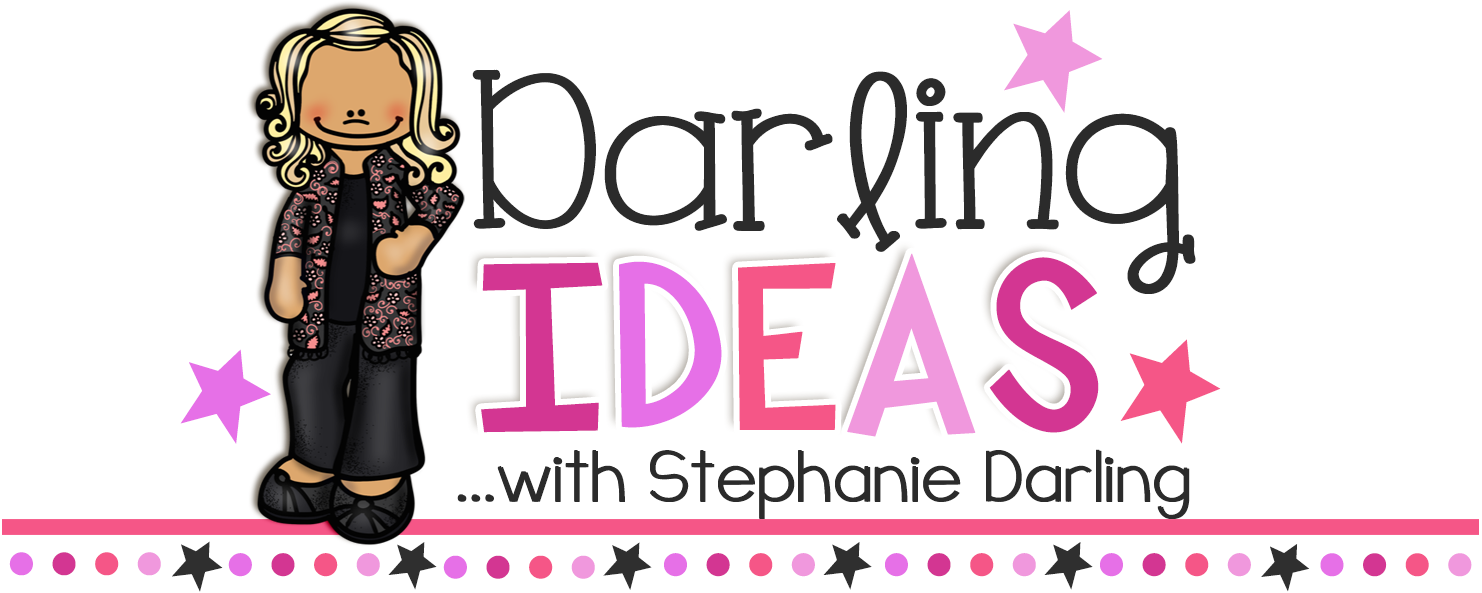Whole Group vs. Small Group Phonics Instruction: What’s the Difference?
Hey there! Let’s chat about something that’s always on our minds: phonics instruction. We all know it’s crucial for our little ones, but there’s always that question—should we go with whole group instruction, or is small group the way to go? Let’s break it down together and see how each approach fits in with the Science of Reading.
Whole Group Phonics Instruction
So, whole group instruction—it’s when you’re teaching the entire class the same phonics lesson all at once. It’s like getting everyone on the same page, literally!
What’s Great About It:
- Consistency Across the Board: Every student gets the same lesson, so you know they’re all hearing the same important stuff at the same time.
- Covers More Ground Quickly: When you’re teaching the whole class, you can introduce new concepts efficiently without having to repeat yourself multiple times.
- Classroom Vibe: There’s something about learning as a whole class that builds community. Kids can learn from each other, and sometimes, hearing a peer’s question can make something click.
But…
- One Size Doesn’t Fit All: Not every kiddo is at the same level. Some might breeze through, while others could feel lost.
- Less Hands-On Time: It can be tricky to get everyone involved, and sometimes it turns into more of a lecture than an interactive session.
Small Group Phonics Instruction
Now, small group instruction—that’s where you’re working with just a few students at a time, usually grouped by where they’re at skill-wise. This is where you can really dig into what each student needs.
Why It’s Awesome:
- Personalized Learning: You can zero in on what each group needs. Maybe one group is ready for more complex blends, while another needs more practice with short vowels.
- More Interaction: In small groups, it’s easier for kids to ask questions, participate, and get that much-needed practice.
- Focused Attention: You can really focus on individual students, helping them with specific challenges and making sure they’re getting it.
The Downside?
- Time, Time, Time: It can feel like there’s never enough time to get to everyone, especially when you’re juggling multiple groups.
- Grouping Issues: Sometimes grouping by ability can make kids feel like they’re being labeled, which we’ve got to handle with care.
Bringing It All Together with the Science of Reading
Here’s the thing—the Science of Reading tells us that phonics instruction needs to be systematic and explicit. Both whole group and small group instruction can work with this, but they serve different purposes.
Whole Group Instruction: This is perfect for introducing new concepts to everyone at once. It lays the groundwork and ensures all your students get exposed to the basics.
Small Group Instruction: Here’s where you get to tailor your teaching. You can dive deeper into what each student or group needs, providing that extra support or challenge based on where they’re at.
In the real world, we usually need a bit of both. You might introduce a new concept in whole group, and then follow up in small groups to reinforce it, help struggling students, or challenge those who are ready to move ahead.
Let’s Wrap It Up
There’s no one-size-fits-all answer here, but that’s kind of the beauty of it. By mixing whole group and small group phonics instruction, you can make sure you’re meeting all your students where they are and giving them the tools they need to become confident readers. After all, isn’t that what we’re here for?




No Comments